Fantasy in a Post-Harry World
With the final Harry Potter movie in theaters making more money than the very nation has in its coffers (or so my lackadaisical understanding of politics leads me to believe) there have been a whole slew of articles about Harry. These include articles on the kids in the movie, on what Rowling’s up to now, on Harry Potter World in Florida, etc. Tellingly one article I have yet to see, and maybe I just haven’t looked hard enough, is a then-and-now examination of the series’ influence on fantasy.
Recall if you will what the world was like when Harry Potter and the Order of the Phoenix was first published in 2003. By that point the books were recognized as a phenomena and the movies in turn were directing fans back to the literature. As a result, the middle grade and YA market suddenly saw an explosion in published mediocre fantasies. Lots of wizard schools. Lots of chosen ones. Lots of alternate world building. When the final HP book was published, fantasy was at its peak.
ADVERTISEMENT
ADVERTISEMENT
Now with the final Harry Potter film in theaters the market is a little different. So what is the state of modern fantasy today? I’m still reading everything I can, and not just fantasy, but I’ve seen a nice swath of titles. They give me a sense of how things have changed since Harry took his final trip to Platform 9 3/4.
- As I see it wizard schools are still around in spirit but they’ve expanded a bit. You’ll find them in books like Rachel Neumeier’s The Floating Islands, but by and large the school experience has had to encompass more than just magic. There’s Knightly Academy in The Secret Prince by Violet Haberdasher where kids train to become knights. There’s The Dragon’s Tooth by N.D. Wilson where school consists of secret society classes. Not magical ones. Falcon Quinn and the Crimson Vapor by Jenny Boylan has a monster school for monsters, which is a lot of fun. And Kat, Incorrigible by Stephanie Burgis hints at a magic school/society, but our heroine has yet to attend.
- It has been a very good year for evil women. Forget big bad guys like Voldemort. Though some male baddies have certainly made names for themselves, this year the ladies are the ones to watch out for. From The Snow Queen in Anne Ursu’s Breadcrumbs to The Countess in The Emerald Atlas by John Stephens to every single female save one in Liesl and Po by Lauren Oliver, lasses be evil. I noticed that quite a few books sought to humanize their baddies, though. We understand the emotions that twist women like Hera (by George O’Connor), The Marquess (in Valente’s The Girl Who Circumnavigated Fairyland in a Ship of Her Own Making), and The Dowager Governess (in Colin Meloy’s Wildwood). By the way, what is up with the titles this year? Countess, Marquess, Dowager Governess. Basically if a woman has an “ess” in her name and you’re in a fantasy, run for the hills.
- Ravens I have already discussed. There are none in Harry Potter, for the record.
- The final Harry Potter books turned quite dark, and that shocked some folks at the time. Now darkness is sort of taken for granted. Horror fantasy has been popular with teens for years, but I’ve noticed a bit of a proliferation when it comes to horror fantasy for kids. So it is that books like Juniper Berry by M.P. Kozlowsky, The Mostly True Adventures of Jack by Kelly Barnhill, and Ursu’s Breadcrumbs dare to tap into the darker parts of the psyche.
- Harry Potter eventually ended up being The Chosen One. He even had a prophecy to his name saying as much. I hate prophecies, for the record. They’re like little quickie moments of exposition graffiti. This year, Chosen Ones exist but they’re few and far between. Books like The Emerald Atlas have not one but THREE chosen ones. I don’t recall if there are any prophecies as well (the book kind of blurs) but it’s probably a safe assumption.
- When it comes to being psychic, Harry had his own share of visions. This year, the ladies are the ones with the portentous dreams. Solveig in Matthew Kirby’s Icefall, Molly in The Silver Bowl by Diane Stanley, Araene in The Floating Islands, they all see the future and vow to do something about it. Oddly I couldn’t find any boys with visions in 2011, though I know there must be some. A little help?
So what I can conclude is that while there are plenty of books with aspects similar to old Harry, fantasy has grown far more diverse in the intervening years. Now you can have a story about blind boy thieves on the one hand and girls made to look like frogs on the other. You’re bound to find far more derivative fare in tales about vampires, set in the future, or written like they were made in a fourth grader’s notebook. So wizards, come back! It’s safe to go to school again.
Filed under: Uncategorized
About Betsy Bird
Betsy Bird is currently the Collection Development Manager of the Evanston Public Library system and a former Materials Specialist for New York Public Library. She has served on Newbery, written for Horn Book, and has done other lovely little things that she'd love to tell you about but that she's sure you'd find more interesting to hear of in person. Her opinions are her own and do not reflect those of EPL, SLJ, or any of the other acronyms you might be able to name. Follow her on Twitter: @fuseeight.
ADVERTISEMENT
ADVERTISEMENT
SLJ Blog Network
One Star Review, Guess Who? (#211)
Kevin McCloskey on ‘Lefty’ | Review and Drawn Response
Notable NON-Newbery Winners: Waiting for Gold?
The Seven Bills That Will Safeguard the Future of School Librarianship
Take Five: Newbery Picks, Part Two
Gayle Forman Visits The Yarn!
ADVERTISEMENT



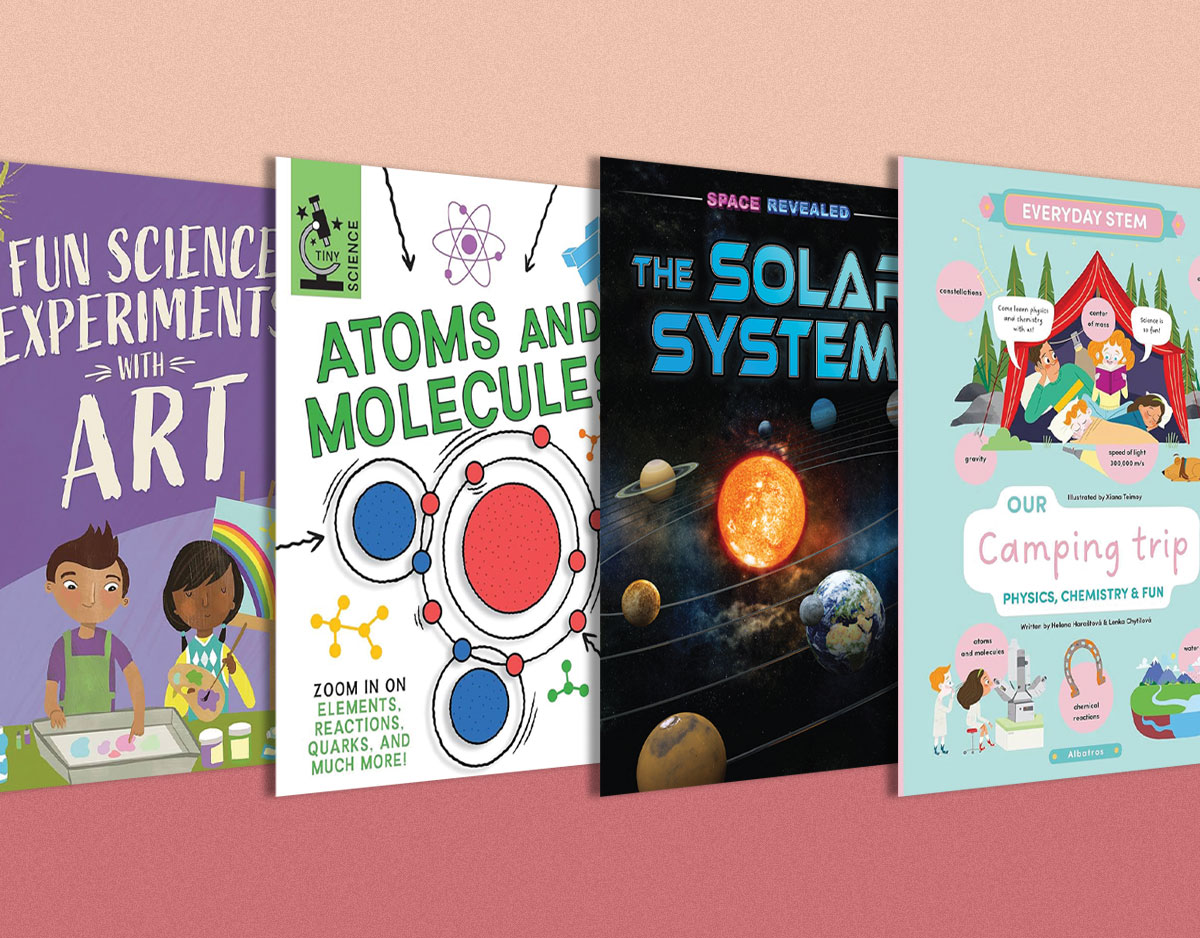
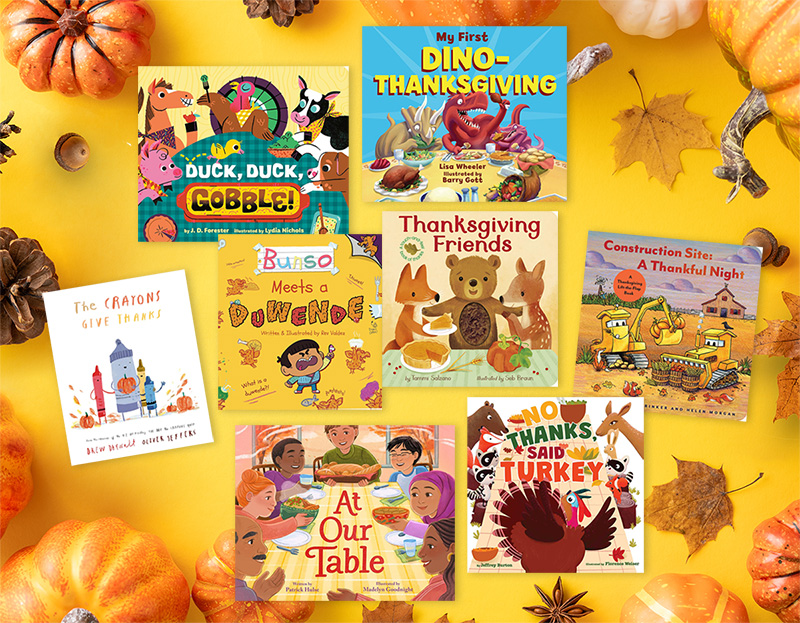
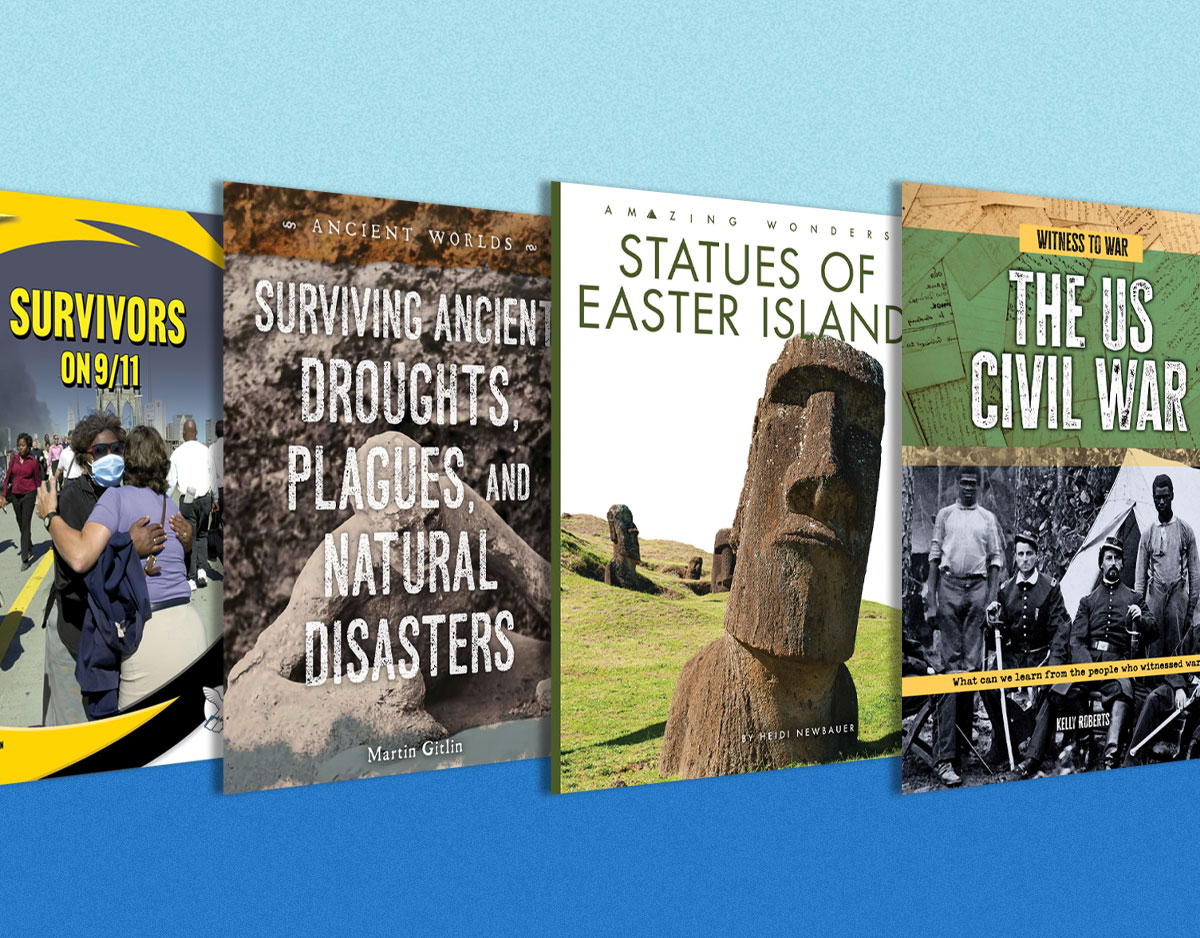
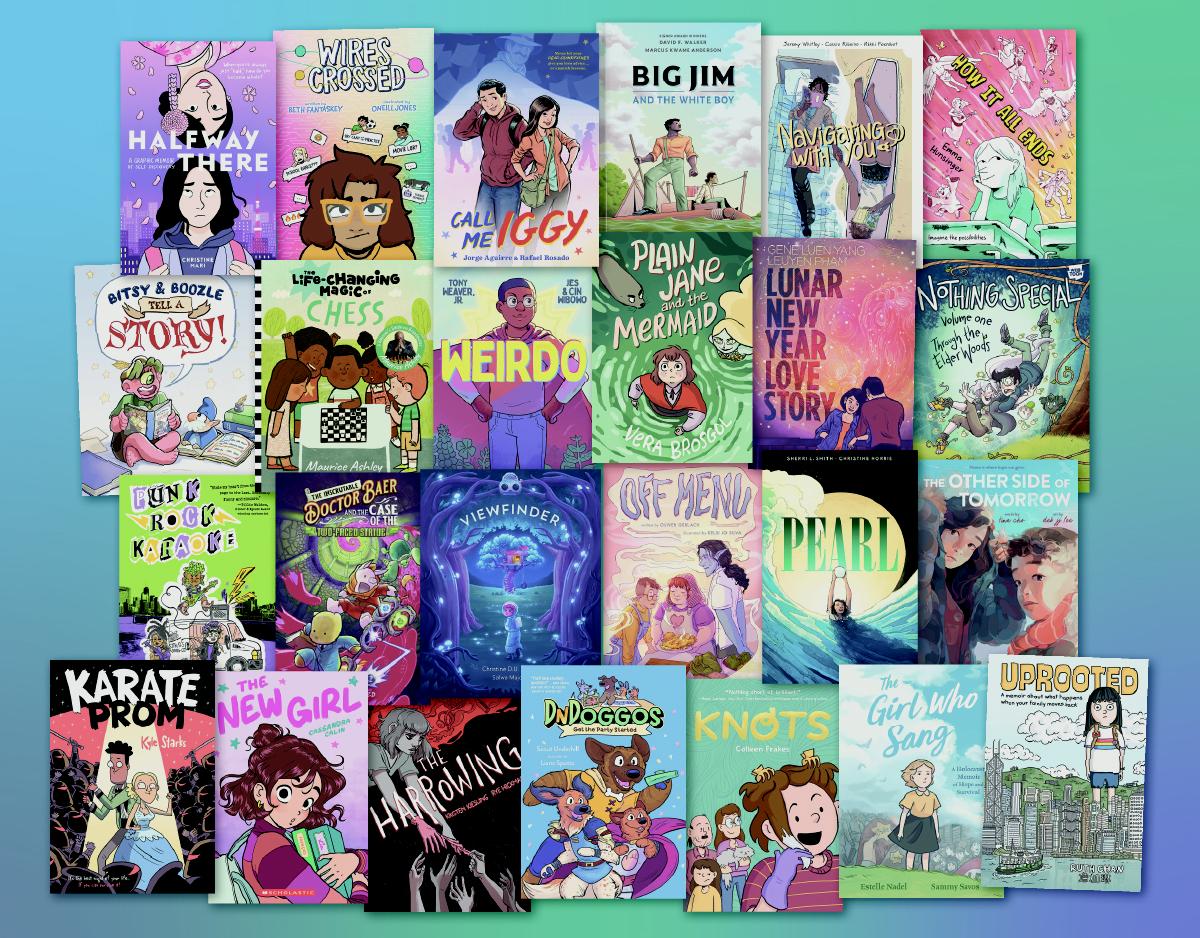
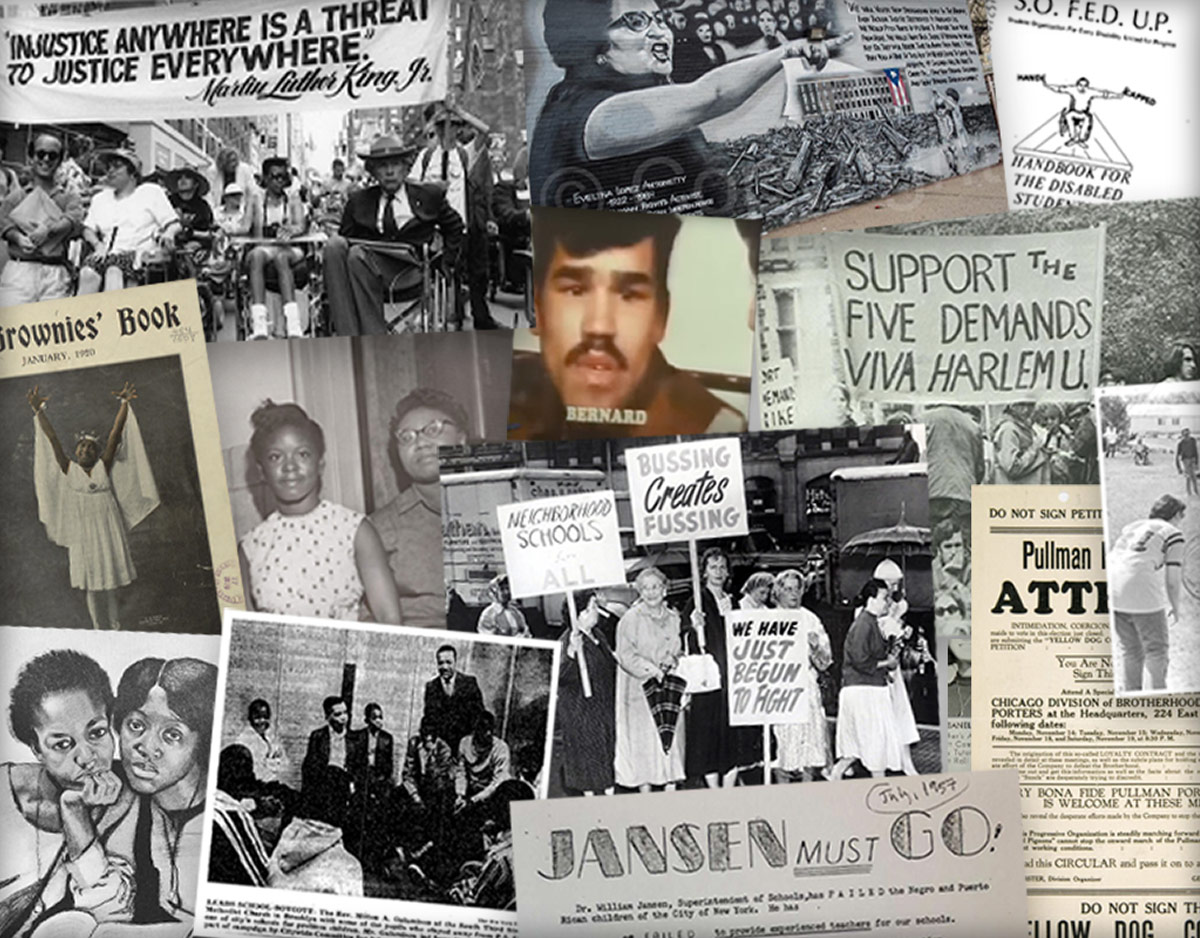
Thanks for this post! I really like seeing MG fantasy evolve in creative, diverse ways. I’m thinking of something like Ingrid Law’s Savvy, where magic gets a nice, new setting and set-up.
I would say the trend I’ve noticed–call it the Rick Riordan phenomenon–is that fantasy has grown more action packed. It seems like the action/adventure genre (e.g., Alex Rider) has merged with fantasy, giving it a stronger appeal to boys in particular. In contrast, old-fashioned high fantasy is less common these days. And overall, many of the girl MCs seem to have developed martial arts skills or at least more of a kick-butt attitude along with the boys. I realize fantasy has always had villains and fight scenes, but they seem more cinematic these days, and the stories themselves feel more fast-paced.
Re: girls with kick-butt attitude….
That’s one thing I really liked about The Girl Who Circumnavigated Fairyland. September is a total badass without having to be a ninja or a knight or something.
The influence of HP on childrens’ fantasy continues to be significant as your post clearly exemplifies, in that the series remains the yardstick by which almost everything is measured–both consciously and unconsciously. From protagonist to setting, the question is; can there be anything ever again that will stand alone? And yet authors must strive and not be too hamstrung by the inevitable comparisons. Schools, fights, peer-pressure, family, all make up the Middle Grade world and yet to include any one of them almost always triggers a knee-jerk response in terms of how like HP they are (or aren’t). Such is human nature. Yet the same applies to all iconic literature in any genre. But there are voices out there striving to be heard above the clamour of mediocrity and comparison. It’s just becoming more difficult to be heard.